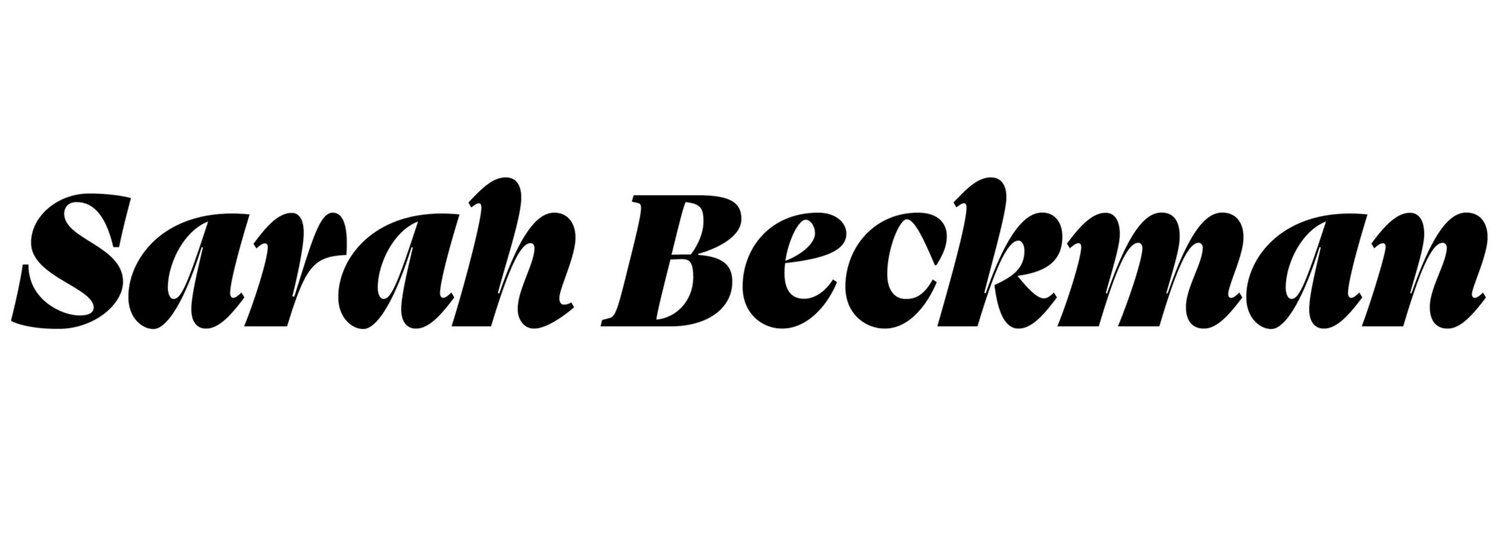United States Fails to Deliver on Brand Promise, Again
On Closing the Gap Between Actual and Aspirational
If there is one thing I’ve learned, it’s that you will not succeed without acknowledging the gap between actual and aspirational. Has anyone ever given you negative feedback that you ignore, even if you know it's true, because it makes you uncomfortable? How about when a company continues to provide the worst customer service, but all of their ads tout the opposite? This gap is common in both people and organizations, and the lack of self-awareness or will to remedy the disconnect conveys inauthenticity. Within hours of the attack on the U.S. Capitol, I listened to President-elect Joe Biden give a solemn speech on the shameful behavior of these “extremists”, saying “The scenes of chaos at the capitol do not reflect the true America. Do not represent who we are...decency, respect tolerance, that’s who we are. We’ve always been.”
I beg to differ. The scenes of chaos do reflect the true America. What’s shameful is our inability to accept our country’s comprehensive caste system and history of white supremacy. To ignore that our country is divided and disillusioned. Our elected leaders—policy makers—and our fellow citizens must acknowledge that the idyllic golden America so many refer to is a sham perpetuated by policies that reinforce inequality and injustice, across race and class. Until we are ready to own this narrative, the messages of inclusion, acceptance and respect are just rhetoric. Building trust with people requires honesty and authenticity.
We are a country that was founded on the belief “that all men are created equal, that they are endowed by their Creator with certain unalienable Rights, that among these are Life, Liberty and the pursuit of Happiness.”
To be sure, aspirational language is helpful. It provides direction and clarity, giving us a vision for what we could be. What we might desperately want to be. As a creative strategist I would often work with clients going through an organizational change. I would help them reveal qualities that currently define their organization/product using internal and external feedback. Then we discussed how they wanted to be perceived, and mapped out the areas of alignment and disconnect. Alignment was easy. But I really dug into the disconnects. This part was critical for some—as we unpacked the difference between actual and aspirational it was often about the need for transformative organizational change, and less about clever copy or a fresh website.
Listening to President-elect Biden, I heard the words of a CEO struggling to accept that his company has issues. When this happens, a rebrand or creative campaign is not the solution. Instead, the organization needs to examine their infrastructure, their policies and processes, and company culture. In What Self-Awareness Really Is (and How to Cultivate It) in the Harvard Business Review, organizational psychologist and executive coach Tasha Eurich writes, “Self-awareness isn’t one truth. It’s a delicate balance of two distinct, even competing, viewpoints.” Later in the article business professor James O’Toole states, “as one’s power grows, one’s willingness to listen shrinks, either because they think they know more than their employees or because seeking feedback will come at a cost.”
We have to be willing to listen. To write off the recent insurgents as radical right wingers, is not facing the growth and allure of white nationalism, and its threat to our democracy. Ignoring our transgressions will not make them go away. With the highest voter turnout in a century, we cannot deny that 74 Million people (or more) align with an ideology that challenges a collective ideal of justice, liberty and equality.
This is who we are.
Brand loyalty is identifying and aligning with the ideals that a brand upholds—you drink Coca-Cola because you prize happiness, you buy John Deere because you value quality. When brands display a disconnect to the ideals they’ve promoted, they lose customer loyalty. We continue to tout America as a (whitewashed) melting pot of inclusivity, innovation and generosity. But last week’s demonstration of pro-Trump anti-democracy insurgence and our laissez-faire response is perhaps the most vivid example of “who we really are” as a country. Sure we were horrified, but were we surprised? This is who we are. To say otherwise is inauthentic and frankly embarrassing. Until we acknowledge that racism and systemic oppression are woven into the fabric of “the true America,” we cannot begin to deliver on our country’s brand promise.
###

